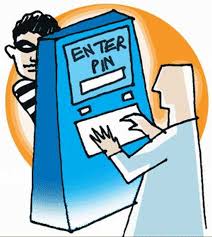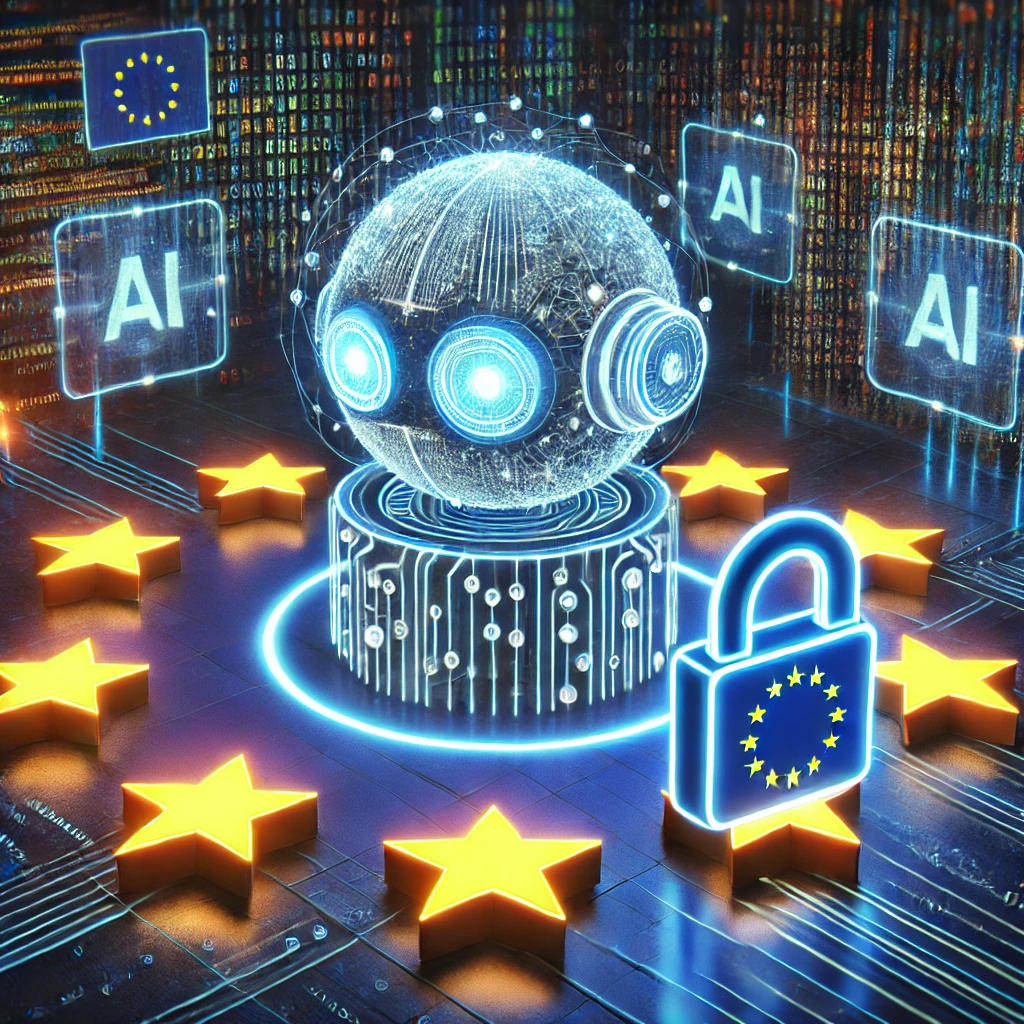Classification of Cyber Crimes
Classification of Cyber Crimes
Cyber crimes refer to criminal acts committed using computers, networks, or other forms of information and communication technology. They involve offenses where a computer or network is either the tool, the target, or both.
Cyber crimes can be broadly classified into the following categories:
1. Crimes Against Individuals
These cyber crimes target individuals and aim to harm them emotionally, financially, or invade their privacy.
Cyber Stalking: Repeated harassment or threatening behavior using electronic communication.
Cyber Bullying: Use of technology to bully or harass someone, often seen on social media.
Identity Theft: Stealing someone's personal information to commit fraud.
Online Defamation: Publishing false statements to harm a person’s reputation.
Harassment and Threats: Sending offensive, obscene, or threatening messages via emails or social media.
Case Law Example:
Shreya Singhal v. Union of India (2015)
The Supreme Court struck down Section 66A of the IT Act, which was often misused to curb free speech online but recognized the need to balance freedom and prevention of online harassment/offensive communication.
2. Crimes Against Property
Cyber crimes that involve damage to or theft of property, especially intellectual property and data.
Hacking: Unauthorized access to computer systems or data.
Phishing: Fraudulent attempts to obtain sensitive information by pretending to be trustworthy entities.
Cyber Fraud: Online scams involving deception for financial gain.
Data Theft: Stealing confidential or personal data.
Software Piracy: Unauthorized copying and distribution of software.
Denial of Service (DoS) Attacks: Flooding a network to disrupt services.
Case Law Example:
Ravi Naik v. Union of India (2009)
The court dealt with hacking and unauthorized access, emphasizing that hacking is a punishable offense under the IT Act, 2000.
3. Crimes Against Governments and Institutions
These involve attacks that threaten the security and sovereignty of a nation.
Cyber Terrorism: Use of computers to launch attacks on critical infrastructure or government networks to cause panic or harm.
Cyber Espionage: Stealing classified or sensitive government information.
Website Defacement: Unauthorized changing of a government website’s appearance.
Spread of Propaganda and Hate Speech: Using social media or internet platforms to spread false information or incite violence.
Case Law Example:
State of Maharashtra v. Praful Desai (2003)
The Bombay High Court acknowledged that cyber terrorism can be prosecuted under the Information Technology Act and the Indian Penal Code.
4. Cyber Crimes Related to Child Pornography and Exploitation
Child Pornography: Creating, possessing, or distributing pornographic content involving minors.
Online Child Exploitation: Using the internet to exploit or lure children for sexual abuse or trafficking.
Case Law Example:
State of Tamil Nadu v. Suhas Katti (2004)
The accused was charged with sending obscene messages to a woman using fake email IDs, marking one of the early cases under the IT Act for cyber harassment.
5. Cyber Crimes Against Society
These crimes affect society at large and can disrupt public order.
Spreading Malware and Viruses: Malicious software that damages computers and networks.
Spreading Misinformation or Fake News: False information causing panic or social unrest.
Online Gambling: Illegal betting and gambling activities.
Cyber Trespass: Unauthorized access or intrusion into networks.
6. Intellectual Property Crimes
Copyright Infringement: Unauthorized copying or distribution of copyrighted content.
Trademark Violations: Using trademarks without permission on websites or digital platforms.
Patent Violations: Using patented technology without consent.
Summary Table of Cyber Crimes
| Category | Examples | Relevant Legal Provisions |
|---|---|---|
| Crimes Against Individuals | Cyber stalking, Identity theft | IPC Sections 354D, 499; IT Act Sections 66A, 66E |
| Crimes Against Property | Hacking, Phishing, Cyber Fraud | IT Act Sections 43, 66, 66F |
| Crimes Against Governments | Cyber terrorism, Espionage | IPC Sections 121, 124A; IT Act Section 66F |
| Child Pornography Crimes | Child exploitation, Pornography | IT Act Section 67B; Protection of Children from Sexual Offences Act |
| Crimes Against Society | Malware, Misinformation | IT Act Sections 66F, 69; IPC Sections 505 |
| Intellectual Property | Copyright infringement | Copyright Act, IT Act Section 65 |
Relevant Legal Provisions in India
Information Technology Act, 2000 (IT Act): Governs cyber crimes and electronic commerce.
Indian Penal Code (IPC): Sections related to cheating, defamation, identity theft, etc.
Protection of Children from Sexual Offences (POCSO) Act, 2012: Deals with child exploitation.
Copyright Act, 1957: Protects intellectual property rights.
Conclusion
Cyber crimes are diverse and growing with advancements in technology. Effective legal frameworks, awareness, and prompt judicial intervention play a critical role in curbing these offenses. Courts have progressively recognized new forms of cyber crimes, adapting traditional laws to the digital environment.


















0 comments